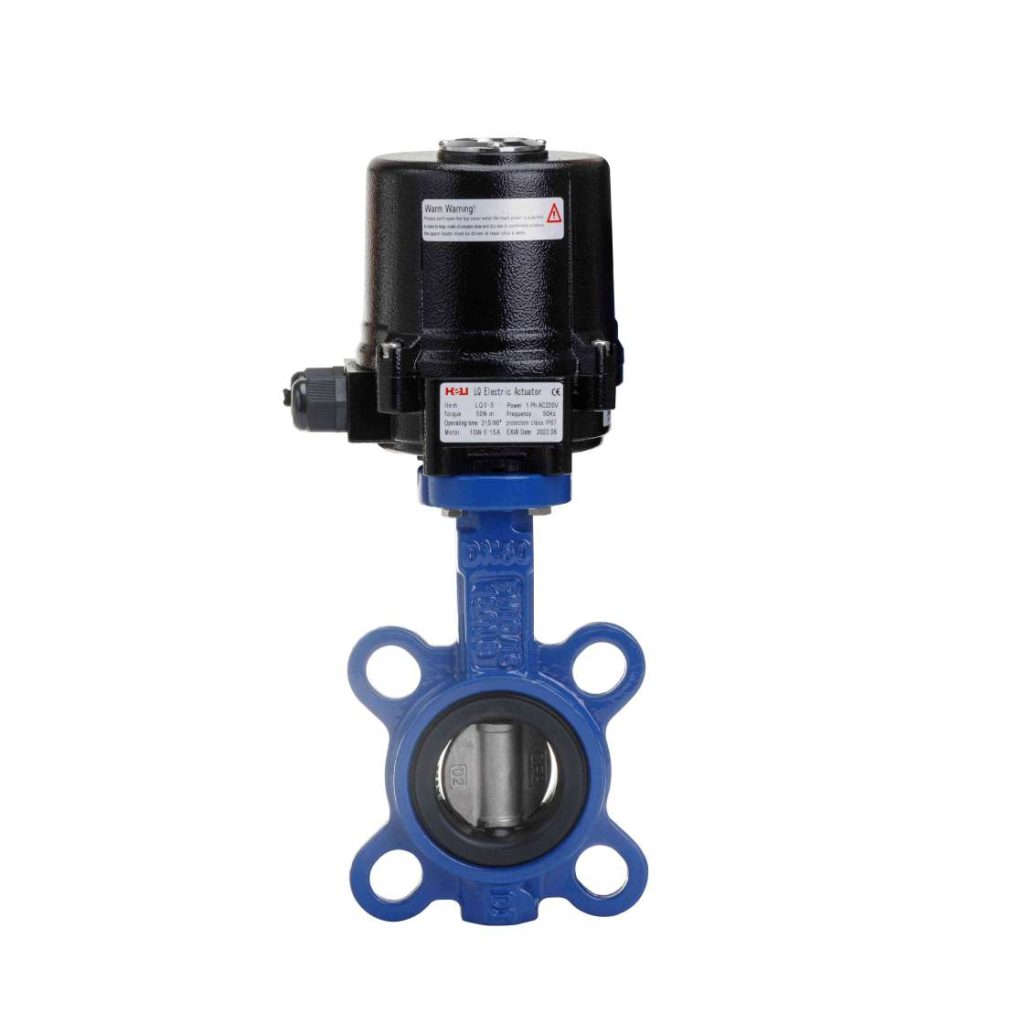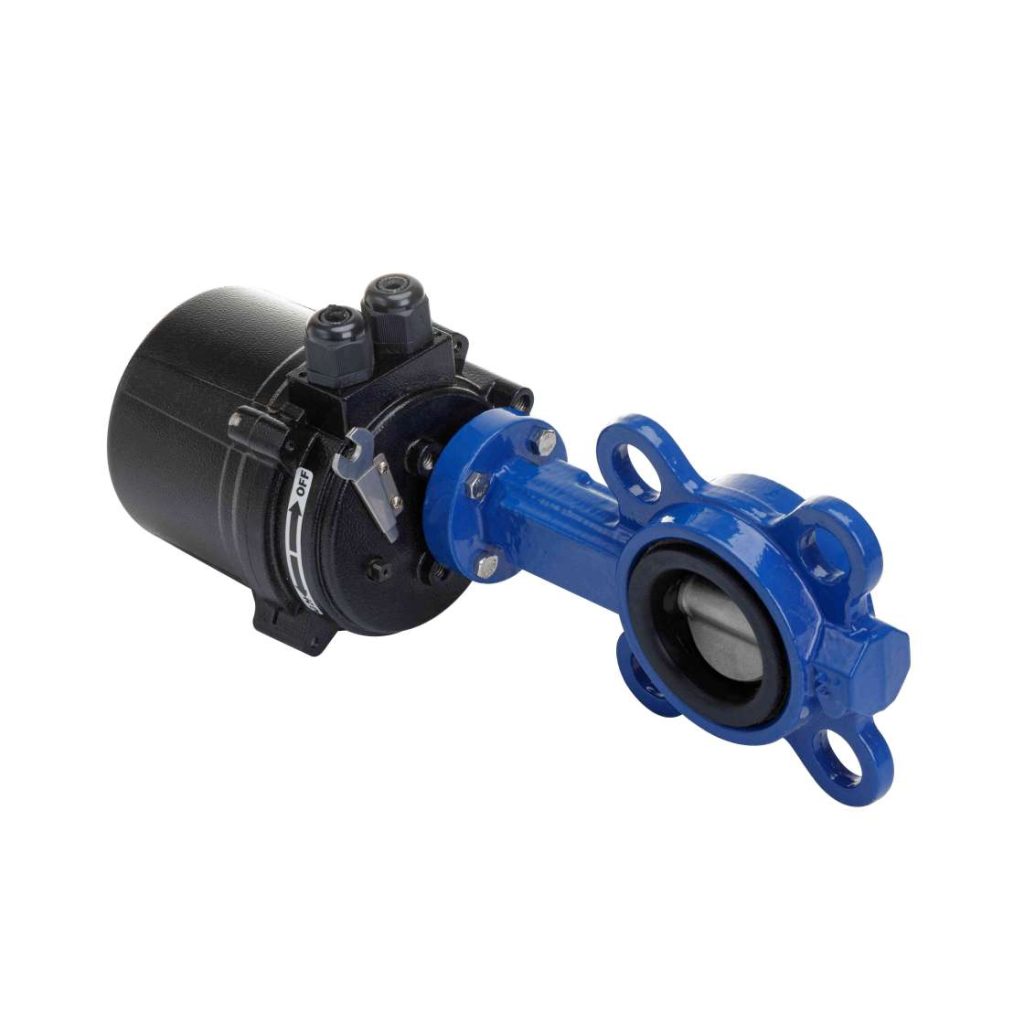Agriculture is a water-intensive industry that relies heavily on effective water management systems. One of the most critical components of such systems is the valve used to regulate and control the flow of water. Among the various types of valves available, the WCB Electric Butterfly Valve has gained significant popularity for agricultural irrigation due to its efficiency, ease of use, and long-lasting performance. In this article, we will explore the features and benefits of the WCB Electric Butterfly Valve, and how it plays an essential role in enhancing agricultural irrigation systems.

What is a WCB Electric Butterfly Valve?

A WCB Electric Butterfly Valve is a type of valve that is used to control the flow of water in a pipeline. The term “WCB” refers to the material of the valve body—WCB stands for “White Cast Brass,” a durable and corrosion-resistant material often used for industrial applications. The valve features a disc that is positioned within the pipe and rotates to open or close the flow path. The “electric” aspect of the valve refers to its electric actuator, which allows for remote or automated control of the valve, offering an advanced level of convenience and precision. Advantages of Using WCB Electric Butterfly Valves in Agricultural Irrigation

Leave a Reply